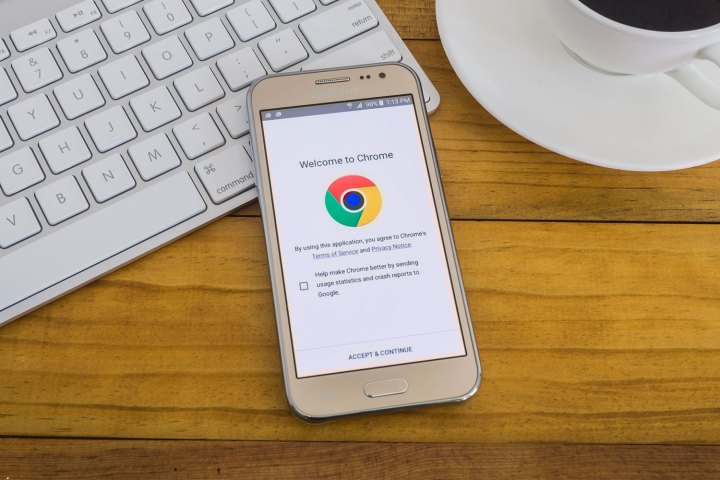
It’s infuriating, prevents you from reading, results in far too many unintentional clicks on ads, and — when it’s really aggressive — can make a site absolutely unusable. And it’s particularly damaging to the mobile browsing experience, where screen space comes at a premium and jumps can happen more frequently, because only a small part of the page is visible at any given time.
Enter one of the least-hyped but potentially most important updates Google has ever brought to Chrome on Android: Scroll anchoring. The feature has been tested in the beta version since last year and will debut in full with Chrome’s next release.
Google says with scroll anchoring, pages load with an average of almost three fewer jumps — and the development team is still improving that number. The name comes from the technique, as the browser’s scroll position is literally anchored to an on-screen element while content flows in.
There are a couple small caveats. The feature can’t be put to use on overly complex websites, and it is disabled when forward/back navigation buttons are used, so that the view is preserved from the previous time you looked at the page. Even so, this is a massively useful addition, whether most users are aware of what it means or not.
Not every single destination on the internet will benefit from scroll anchoring — but for the ones that do, it’ll make the internet just a little less of a headache-inducing place.
Editors' Recommendations
- A new Android 15 update just launched. Here’s everything that’s new
- Don’t update your Pixel phone — a new Android update might break it
- Google Chrome is getting the Android tablet update you’ve been waiting for
- Android 11 update: Here’s when your phone is getting new software
- Google may add Apple-like Continuity tools to Chrome OS and Android


